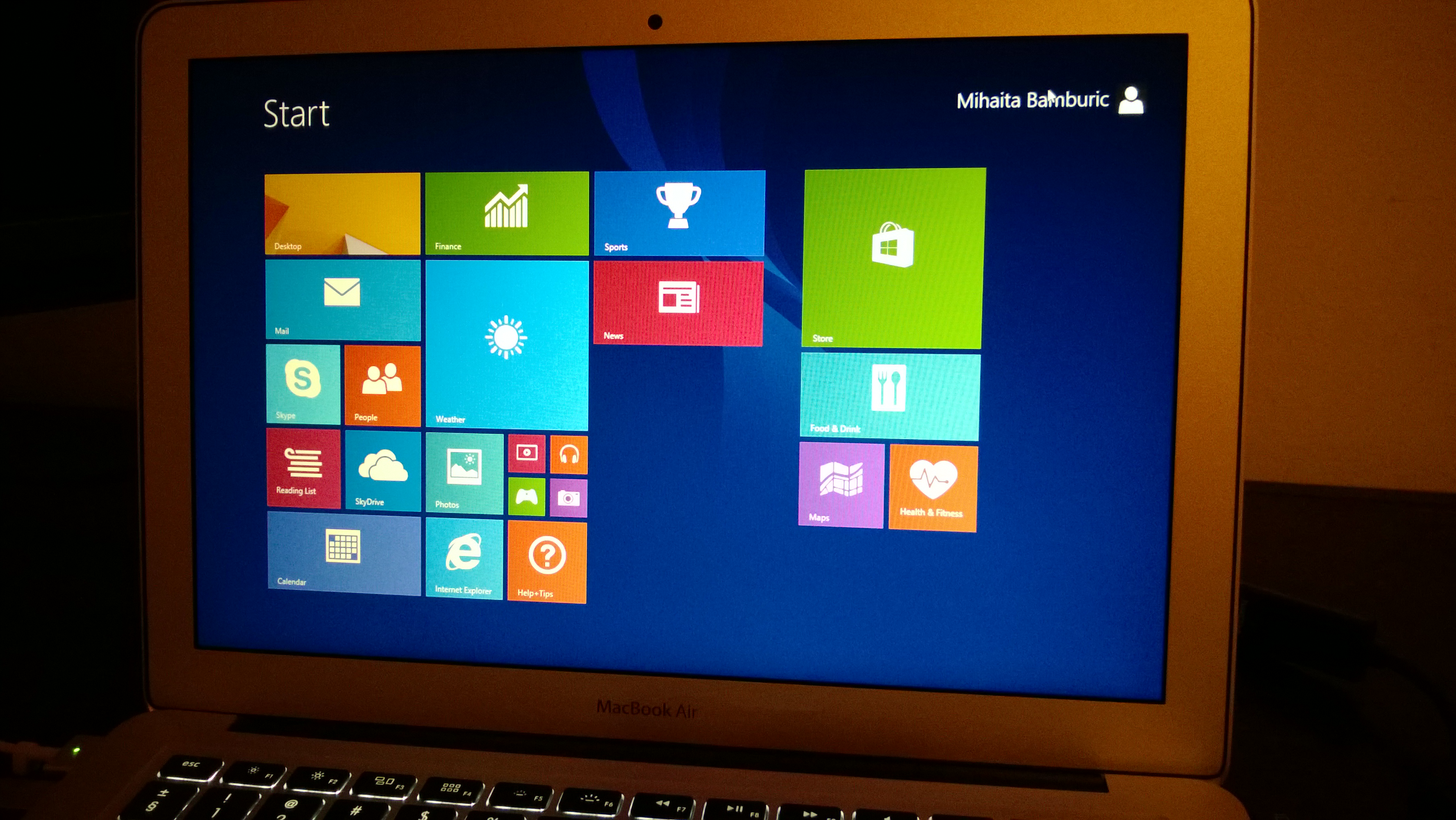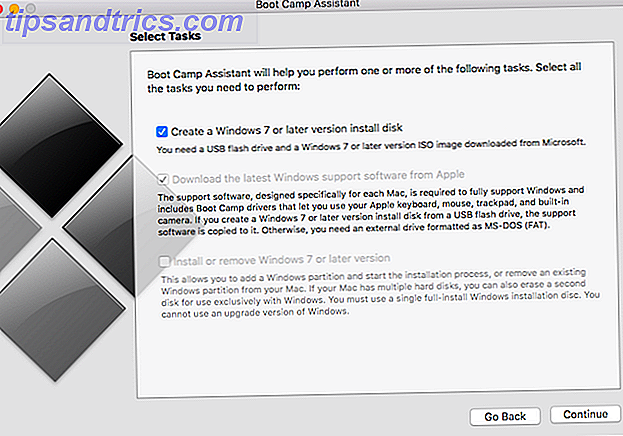Boot Imac From Usb Drive
What you need to install Windows 10 on Mac
Now that you have an install drive for Windows 10, it’s time to open the MacOS Boot Camp Assistant. Step 1: With Finder active, click Go on the menu bar. Step 2: Select the Utilities option on. Before you do anything with the USB stick, it must be 8GB in size or larger. Make sure you have what you need from it, because you’re going to erase it and make it Mac compatible. You’ll have to prepare it by going to Applications Utilities Disk Utility. Once you open Disk Utility, you’ll see your USB drive listed.
- MacBook introduced in 2015 or later
- MacBook Air introduced in 2012 or later
- MacBook Pro introduced in 2012 or later
- Mac mini introduced in 2012 or later
- iMac introduced in 2012 or later1
- iMac Pro (all models)
- Mac Pro introduced in 2013 or later
The latest macOS updates, which can include updates to Boot Camp Assistant. You will use Boot Camp Assistant to install Windows 10.
64GB or more free storage space on your Mac startup disk:
- Your Mac can have as little as 64GB of free storage space, but at least 128GB of free storage space provides the best experience. Automatic Windows updates require that much space or more.
- If you have an iMac Pro or Mac Pro with 128GB of memory (RAM) or more, your startup disk needs at least as much free storage space as your Mac has memory.2
An external USB flash drive with a storage capacity of 16GB or more, unless you're using a Mac that doesn't need a flash drive to install Windows.
A 64-bit version of Windows 10 Home or Windows 10 Pro on a disk image (ISO) or other installation media. If installing Windows on your Mac for the first time, this must be a full version of Windows, not an upgrade.
- If your copy of Windows came on a USB flash drive, or you have a Windows product key and no installation disc, download a Windows 10 disk image from Microsoft.
- If your copy of Windows came on a DVD, you might need to create a disk image of that DVD.
How to install Windows 10 on Mac
To install Windows, use Boot Camp Assistant, which is included with your Mac.
1. Check your Secure Boot setting
Learn how to check your Secure Boot setting. The default Secure Boot setting is Full Security. If you changed it to No Security, change it back to Full Security before installing Windows. After installing Windows, you can use any Secure Boot setting without affecting your ability to start up from Windows.
2. Use Boot Camp Assistant to create a Windows partition
Open Boot Camp Assistant, which is in the Utilities folder of your Applications folder. Follow the on-screen instructions.
- If you're asked to insert a USB drive, plug your USB flash drive into your Mac. Boot Camp Assistant will use it to create a bootable USB drive for Windows installation.
- When Boot Camp Assistant asks you to set the size of the Windows partition, remember the minimum storage-space requirements in the previous section. Set a partition size that meets your needs, because you can't change its size later.
3. Format the Windows (BOOTCAMP) partition
When Boot Camp Assistant finishes, your Mac restarts to the Windows installer. If the installer asks where to install Windows, select the BOOTCAMP partition and click Format. In most cases, the installer selects and formats the BOOTCAMP partition automatically.
4. Install Windows
Unplug any external devices that aren't necessary during installation. Then click Next and follow the onscreen instructions to begin installing Windows.
5. Use the Boot Camp installer in Windows
After Windows installation completes, your Mac starts up in Windows and opens a ”Welcome to the Boot Camp installer” window. Follow the onscreen instructions to install Boot Camp and Windows support software (drivers). You will be asked to restart when done.
- If the Boot Camp installer never opens, open the Boot Camp installer manually and use it to complete Boot Camp installation.
- If you have an external display connected to a Thunderbolt 3 port on your Mac, the display will be blank (black, grey or blue) for up to 2 minutes during installation.
How to switch between Windows and macOS
Restart, then press and hold the Option (or Alt) ⌥ key during startup to switch between Windows and macOS.
Learn more
If you have one of these Intel-based Mac models using OS X El Capitan or later, you don't need a USB flash drive to install Windows:
- MacBook introduced in 2015 or later
- MacBook Air introduced in 2017 or later3
- MacBook Pro introduced in 2015 or later3
- iMac introduced in 2015 or later
- iMac Pro (all models)
- Mac Pro introduced in late 2013 or later
To remove Windows from your Mac, use Boot Camp Assistant, not any other utility.
For more information about using Windows on your Mac, open Boot Camp Assistant and click the Open Boot Camp Help button.
1. If you're using an iMac (Retina 5K, 27-inch, Late 2014) or iMac (27-inch, Late 2013) or iMac (27-inch, Late 2012) with a 3TB hard drive and macOS Mojave or later, learn about an alert you might see during installation.
2. For example, if your Mac has 128GB of memory, its startup disk must have at least 128GB of storage space available for Windows. To see how much memory your Mac has, choose Apple menu > About This Mac. To see how much storage space is available, click the Storage tab in the same window.
3. These Mac models were offered with 128GB hard drives as an option. Apple recommends 256GB or larger hard drives so that you can create a Boot Camp partition of at least 128GB.
USB flash drives are a great way to store data — they’re cheap, portable, spacious and versatile, allowing you to quickly save your folders and files, and access them on another computer.
But one thing they aren’t is indestructible. Flash drives, like any other kind of Mac hardware, can become damaged or corrupted, putting all of your important data at risk. Here, we’ll show you how to rescue your files if the unthinkable happens.
Disk Drill on Setapp
Face troubles with accessing external USB drives? Don’t worry - Disk Drill is your solution.
Why USB Flash Drives Go Bad
The more you use a flash drive, the more likely it is that one day something bad will happen — particularly so if you use your USB device across different computers.
Failure due to physical damage is easy to spot but more often than not it’s something going on the inside of the device that’s the problem.

Here are some of the common issues that affect USB flash drives:
- Unsafe USB ejection
- Connecting the drive to a system that’s infected by malware
- Downloading an infected file to the device
- Mac fails to recognize the drive
- An error message displays when trying to access data
- File structure damaged
- Accidental deletion of files
- Files unable to open
If you’ve experienced any of these problems, you’ve every right to feel panicked. Can a broken USB be fixed? Don’t give up hope, there’s a high probability that you can get your files back.
How to get permanently deleted files back?

What happens to files deleted from a flash drive? Accidentally clicking Yes when prompted to delete a file isn’t uncommon. And while it appears on the face of it that your file is gone forever, it’s actually just buried deep within the flash drive. Too deep for you to find without the help of some specialist software like Disk Drill (more on that below), but it’s there.
So, the answer is, yes — data that has been permanently deleted from a flash drive can be restored.
Can you recover files from a broken USB drive?
If your USB flash drive appears to be broken, there are a few quick recovery methods you can try.
First of all, try connecting the USB device to another port on your Mac. If it works on another port, then the issue is with the port and not your device.
If the flash drive isn’t recognized in any port, try connecting it to a different Mac. If it works on there, then the issue could be related to your USB drivers. To check for updates, open up the Mac App Store and click on Updates.
You can also try a System Management Controller (SMC) reset — a well-known troubleshooting fix for USB issues.
Follow these instructions to reset the SMC on an iMac, Mac Mini, or Mac Pro:
- Shut down your Mac
- Disconnect the power cable
- Press and hold the Power button for 5 seconds and release
- Reconnect the power cable and boot up the Mac as usual
If you’re using a MacBook, the method is slightly different:
- Shutdown your MacBook
- Connect the power adapter
- Hold Shift + Control + Option and the Power button at the same time
- Release the keys at the same time
- Boot up your system as usual
If the flash drive is being recognized but your files aren’t available, you can try performing first aid using Disk Utility:
- Go to Spotlight > Disk Utility
- Click on the USB flash drive from the list on the left, then click First Aid
- Click Run
First Aid checks the volume for errors and attempts to fix them. If this doesn’t work, you’ll need the help of a third-party recovery tool like the aforementioned Disk Drill.
What is the easiest way to recover data from a USB flash drive?
The easiest way that we’ve found to recover files from a USB flash drive is Disk Drill, the most premier Mac recovery software around.
Disk Drill does all of the heavy lifting for you. All you need to do is install it and follow these instructions:
- Connect your USB flash drive
- Launch Disk Drill, leave the first three boxes checked and give it permission to scan your drive (you’ll need to enter your administrator password to do this)
- Select your drive from the list and click on the Recover button next to it. Disk Drill will scan your drive in search of files.
- Select your deleted file from the list and choose a location to store the file
- Click on Recover and Disk Drill will put the file right back where it belongs
If the Recover option can’t be used after a scan, Disk Drill can also perform a Quick Scan or a Deep Scan to scan drives at binary level and recover your data that way. Whichever option is required you can be sure Disk Drill will bring your files back to life.
To safeguard yourself against corrupted USB drives, make regular backups of your files to the cloud or other external hard drives. If the worst does happen and files that were saved only on a flash drive can’t be accessed, test your USB ports and run First Aid via Mac’s Disk Utility. If those things don’t work, don’t panic: Disk Drill has your back.
Best of all, you can download and try Disk Drill for free on Setapp, a platform with more than 150 high-end macOS utilities and apps. Keep your hardware and software in shape without effort.
Boot Imac From External Usb Drive
Meantime, prepare for all the awesome things you can do with Setapp.
Read onSign Up
Boot An Erased Imac From Usb Drive
